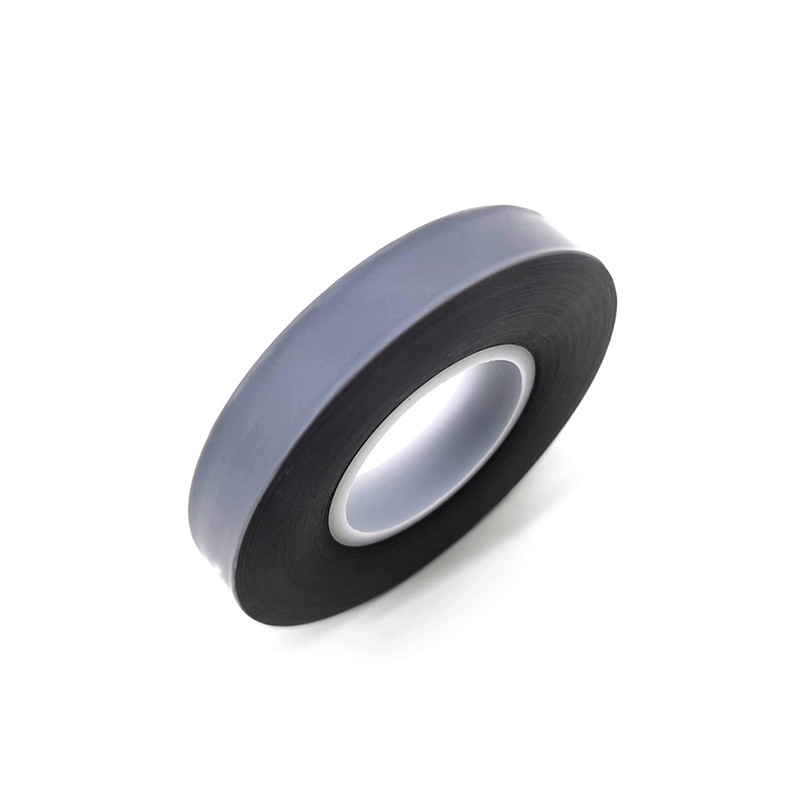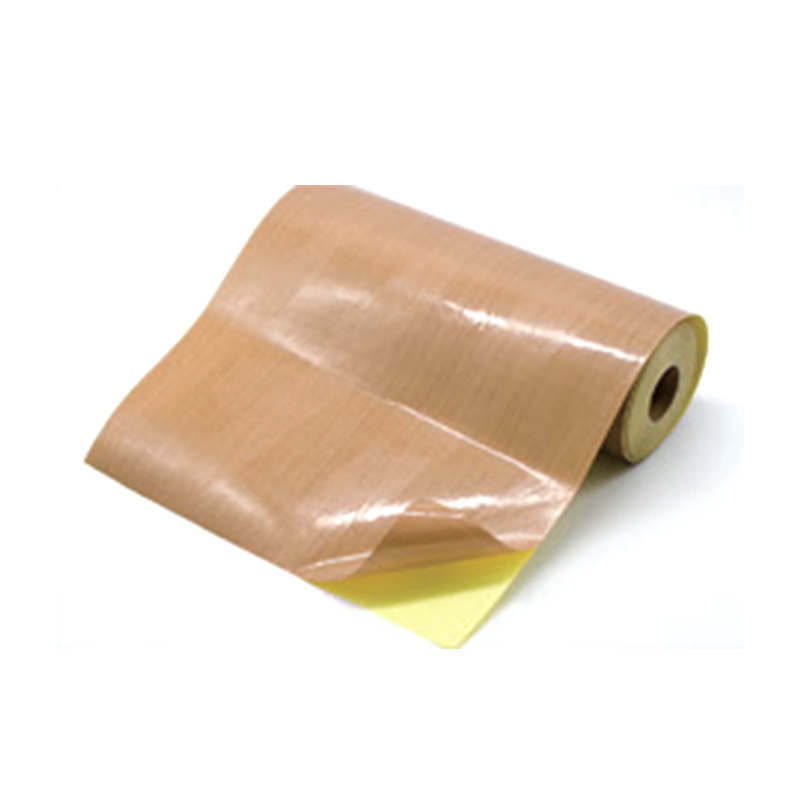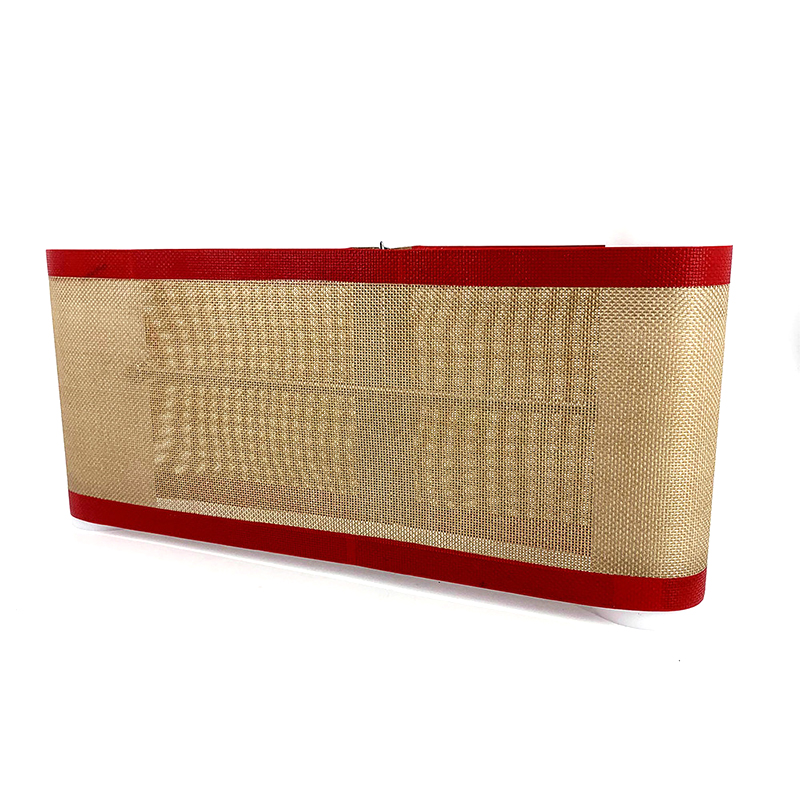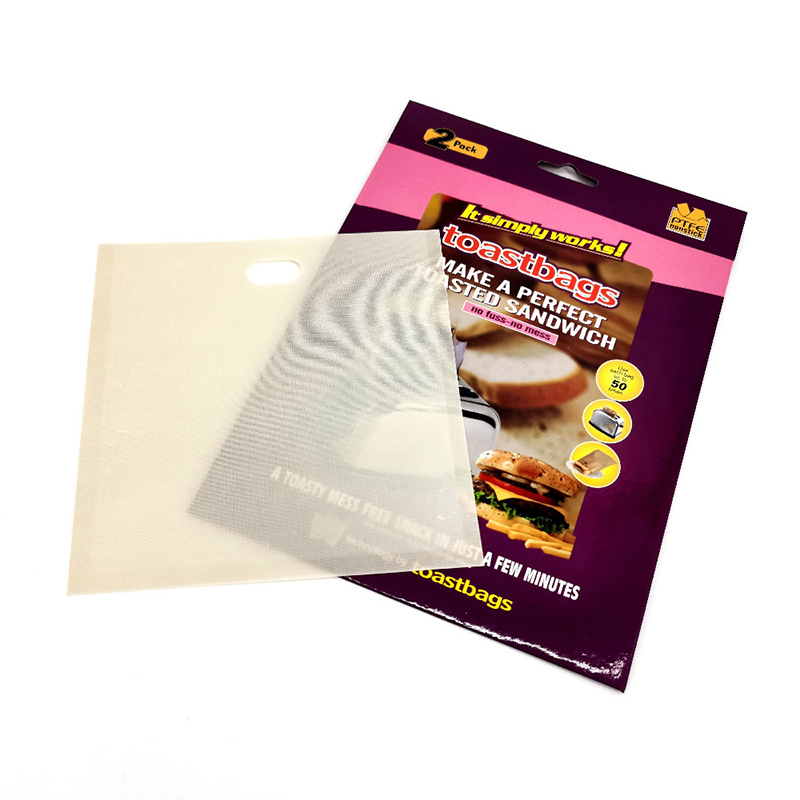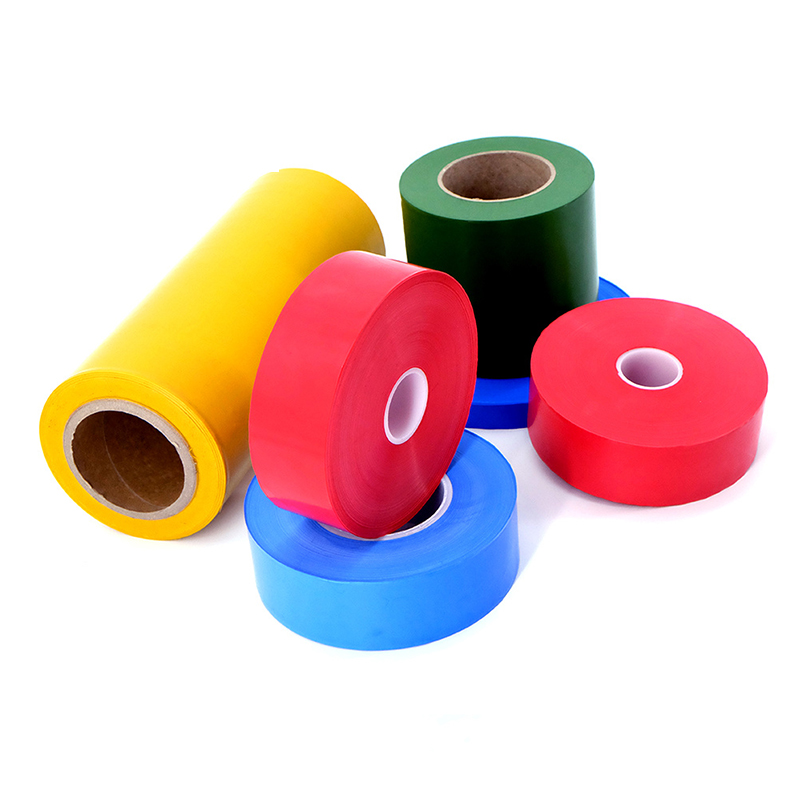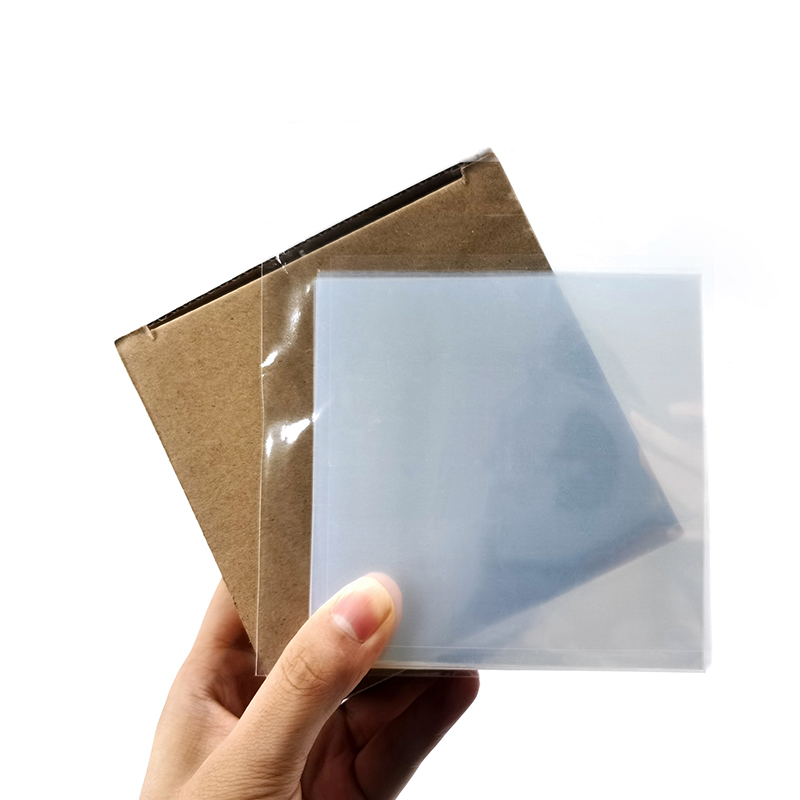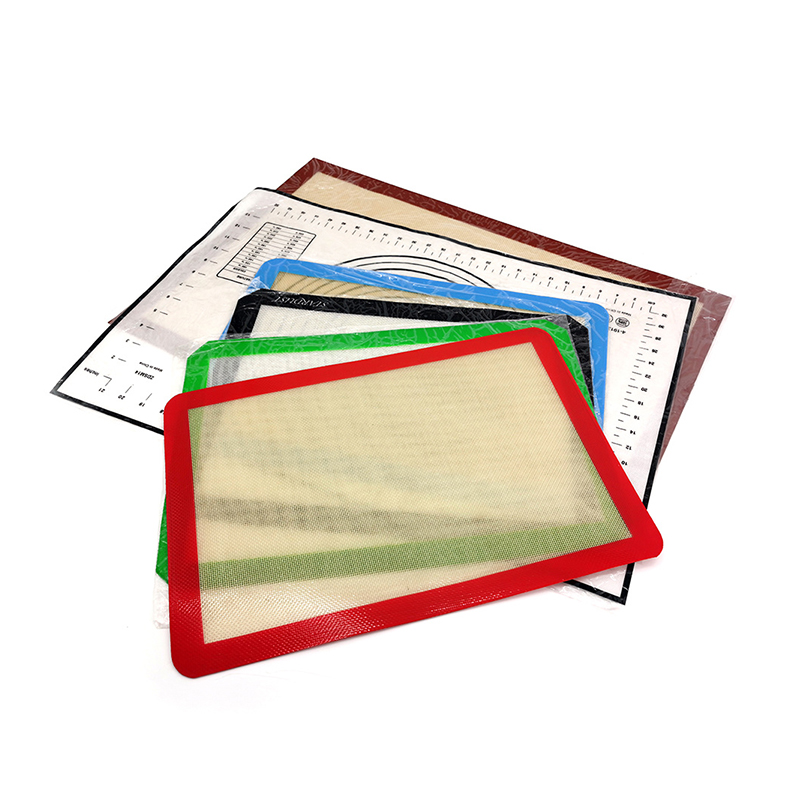Common Applications of PTFE Fabric Tape in Manufacturing and Engineering
Understanding PTFE Fabric Tape and Its Properties
Polytetrafluoroethylene (PTFE) fabric tape represents a critical advancement in industrial materials, combining the non-stick and low-friction properties of PTFE with the structural integrity of fiberglass mesh. This composite material delivers exceptional performance in demanding environments where other tapes would fail. The unique molecular structure of PTFE provides outstanding chemical resistance, thermal stability, and electrical insulation properties that make it indispensable across numerous industrial sectors.
Key Characteristics of PTFE Fabric Tape
The remarkable performance characteristics of PTFE fabric tape stem from its carefully engineered composition. The tape typically consists of a woven fiberglass substrate that provides tensile strength and dimensional stability, coated with a PTFE layer that delivers the signature non-stick surface. This combination creates a material that maintains its properties across an exceptionally wide temperature range, from cryogenic conditions to continuous operation at 260°C (500°F), with intermittent use possible at even higher temperatures.
Primary Benefits in Industrial Settings
- Exceptional non-stick properties that prevent adhesion of materials including adhesives, resins, and food products
- Continuous service temperature range from -100°F to 500°F (-73°C to 260°C) without significant degradation
- Outstanding chemical resistance to virtually all industrial chemicals, solvents, and corrosive substances
- Excellent electrical insulation properties with high dielectric strength
- Low coefficient of friction that reduces wear on mating surfaces and decreases energy consumption
- UV resistance and weatherability for outdoor applications
- Compliance with FDA regulations for food processing applications
High-Temperature Conveyor Systems Using PTFE Tape
In industrial settings where elevated temperatures are commonplace, high-temperature conveyor systems using PTFE tape have become the standard solution for maintaining operational efficiency. These systems leverage the thermal stability of PTFE fabric tape to create durable, non-stick surfaces that can withstand the rigorous demands of manufacturing processes involving heat curing, drying, or baking. The implementation of PTFE tape in these applications significantly reduces downtime associated with cleaning and maintenance while improving product quality and consistency.
Implementation in Various Industrial Processes
The application of PTFE fabric tape in conveyor systems spans numerous industries with high-temperature requirements. In food processing, these tapes provide the non-stick surface necessary for transporting baked goods, confectionery products, and prepared foods through ovens and cooling tunnels. In textile manufacturing, PTFE-taped conveyors handle fabrics through heat-setting processes without leaving residues or causing damage. The electronics industry utilizes these systems for PCB manufacturing where components must pass through soldering and curing ovens without adhering to the conveyor surface.
Comparative Analysis: PTFE Tape vs. Alternative Conveyor Surfaces
When selecting materials for high-temperature conveyor applications, engineers must consider multiple performance factors. The following comparison illustrates why PTFE fabric tape often represents the optimal choice compared to alternative materials:
| Material Property | PTFE Fabric Tape | Silicone Rubber | Stainless Steel |
|---|---|---|---|
| Maximum Continuous Temperature | 260°C (500°F) | 230°C (446°F) | Dependent on alloy |
| Non-stick Properties | Excellent | Good | Poor |
| Chemical Resistance | Excellent | Good | Variable |
| Installation Complexity | Low | Moderate | High |
| Maintenance Requirements | Low | Moderate | High |
| Cost Efficiency | High | Moderate | Low |
Non-Stick Solutions for Plastic Bag Sealing Jaws
The packaging industry faces significant challenges with material adhesion during heat sealing processes, particularly when working with thermoplastic films and laminates. Non-stick solutions for plastic bag sealing jaws incorporating PTFE fabric tape have revolutionized this manufacturing step by providing a durable, heat-resistant barrier that prevents melted plastics from adhering to sealing equipment. This application demonstrates how a simple material solution can dramatically improve production efficiency and product quality.
Technical Requirements for Effective Sealing Operations
Effective heat sealing requires precise temperature control, consistent pressure application, and a surface that won't bond with the materials being sealed. PTFE fabric tape meets these requirements while adding several operational benefits. The tape's low thermal conductivity helps maintain temperature stability across the sealing jaw surface, while its compressibility ensures even pressure distribution. Additionally, the non-stick properties prevent residue buildup that can cause inconsistent seals and production downtime for cleaning.
Performance Advantages in Packaging Applications
- Elimination of film tearing and packaging material residue on sealing jaws
- Consistent seal quality across production runs with varying material thicknesses
- Reduction in machine downtime for cleaning by up to 80% compared to untreated metal jaws
- Extended service life of sealing jaws through protection against corrosion and abrasion
- Ability to run at higher production speeds without compromising seal integrity
- Compatibility with various packaging materials including polyethylene, polypropylene, and multilayer laminates
PTFE Tape for Release in Composite Material Molding
The composite materials industry relies on effective release systems to ensure the successful demolding of finished parts from their tooling. PTFE tape for release in composite material molding provides an exceptional solution that combines high-temperature resistance with superior non-stick properties. This application is particularly critical in aerospace, automotive, and wind energy sectors where composite components must meet stringent quality standards with complex geometries and tight tolerances.
Application Techniques for Optimal Results
Proper application of PTFE tape to mold surfaces requires careful surface preparation and installation techniques to achieve optimal release performance. The mold surface must be thoroughly cleaned and free of contaminants before tape application to ensure complete adhesion of the tape's silicone adhesive backing. During installation, special attention must be paid to eliminating wrinkles and air bubbles that could transfer to the finished composite part. Overlapping seams should be minimized and strategically placed in non-critical areas of the mold to prevent witness marks on finished components.
Comparative Analysis: Release Agent Options
The selection of appropriate release systems represents a critical decision in composite manufacturing. While multiple options exist, each presents distinct advantages and limitations as detailed in the following comparison:
| Release System | PTFE Fabric Tape | Semi-Permanent Release Coatings | Liquid Release Agents |
|---|---|---|---|
| Application Frequency | Single application, multiple uses | Multiple uses per application | Required before each use |
| Surface Preparation Time | Moderate | High | Low |
| Consistency Across Multiple Uses | Excellent | Good | Variable |
| High-Temperature Performance | Excellent | Good | Fair to Good |
| Impact on Part Surface Finish | Minimal | Minimal | Potential for orange peel effect |
| Chemical Resistance to Resins | Excellent | Good | Variable |
Low Friction Guide Rails with PTFE Coating
Material handling systems across numerous industries depend on guide rails to direct products through processing equipment while maintaining proper orientation and spacing. Low friction guide rails with PTFE coating significantly enhance these systems by reducing surface resistance that can cause product damage, misalignment, or production slowdowns. The implementation of PTFE fabric tape on guide rail surfaces represents a cost-effective method for upgrading existing equipment to achieve higher throughput with improved product quality.
Design Considerations for Optimal Performance
Effective implementation of PTFE-coated guide rails requires careful consideration of multiple design factors. The substrate material must provide sufficient structural support while accommodating the thermal expansion characteristics of the PTFE tape. Edge treatment is particularly important, as exposed edges can lead to tape peeling under continuous product contact. For applications involving heavy or abrasive materials, additional wear strips may be necessary to protect the tape edges and extend service life. The orientation of the weave in fiberglass-backed PTFE tape should also be considered relative to the direction of product movement to optimize wear resistance.
Industry-Specific Applications and Benefits
- Food Processing: Prevents sticking of dough, cheese, and other adhesive food products while meeting FDA compliance requirements
- Printing: Reduces friction for paper and cardboard stock, minimizing edge damage and static buildup
- Packaging: Ensures smooth transition of packages through labeling, coding, and cartoning equipment
- Automation: Facilitates reliable transfer of components between robotic workstations with precise positioning
- Textiles: Prevents snagging and fiber damage to delicate fabrics during processing and finishing
- Wood Products: Reduces surface marking on finished lumber, composite boards, and furniture components
Chemical Resistant Tape for Laboratory Equipment
Laboratory environments present unique challenges where materials must withstand exposure to aggressive chemicals while maintaining critical performance properties. Chemical resistant tape for laboratory equipment based on PTFE fabric construction provides an ideal solution for protecting sensitive apparatus and ensuring experimental integrity. This application highlights the versatility of PTFE tape beyond industrial settings, demonstrating its value in precision scientific work where contamination or material failure could compromise research outcomes.
Specific Laboratory Applications and Configurations
PTFE fabric tape serves multiple functions in laboratory settings, from protective surfacing to sealing applications. On analytical equipment, the tape creates non-stick, chemically inert surfaces for sample contact points that prevent cross-contamination between tests. For glassware and reaction vessels, PTFE tape provides protective wrapping at connection points that must regularly be disassembled for cleaning. In vacuum systems, specially formulated PTFE tapes with high-temperature silicone adhesives create reliable seals for flanges and access ports without introducing potential contaminants into the system.
Resistance Profile Against Common Laboratory Chemicals
The exceptional chemical resistance of PTFE fabric tape makes it suitable for virtually all laboratory environments. The following list details its performance against specific chemical classes:
- Acids: Excellent resistance to concentrated and diluted forms of hydrochloric, sulfuric, nitric, and hydrofluoric acids
- Bases: Maintains integrity when exposed to sodium hydroxide, potassium hydroxide, and ammonium hydroxide solutions across concentration ranges
- Solvents: Unaffected by hydrocarbons, chlorinated solvents, ketones, esters, and alcohols
- Oxidizing Agents: Resistant to hydrogen peroxide, bleach solutions, and other strong oxidizers
- Reactive Compounds: Withstands exposure to bromine, chlorine, and other reactive elements without degradation
Selection Criteria and Installation Best Practices
Maximizing the performance and service life of PTFE fabric tape requires careful consideration of selection criteria and adherence to proper installation techniques. Understanding the specific requirements of each application ensures that the appropriate tape construction is selected, while proper installation prevents premature failure and maintains the integrity of the taped surface throughout its service life.
Key Selection Factors for Different Applications
The selection of PTFE fabric tape should be guided by a thorough analysis of operational requirements and environmental conditions. Temperature range represents perhaps the most critical factor, as different adhesive systems offer varying performance across temperature spectra. Chemical exposure must be carefully evaluated, considering both concentration and temperature of chemical contact. Mechanical factors including abrasion, flexing, and pressure requirements will influence the selection of tape thickness and backing material. Regulatory compliance needs, particularly in food, pharmaceutical, and aerospace applications, may dictate specific material certifications and documentation requirements.
Installation Guidelines for Optimal Performance
- Surface Preparation: Thoroughly clean and degrease the application surface using appropriate solvents, ensuring complete removal of all contaminants
- Adhesive Activation: For high-temperature applications, some silicone adhesives benefit from a heat activation step before final positioning
- Application Technique: Use a J-roller or similar tool to apply even pressure across the entire taped surface, working from center to edges to eliminate air pockets
- Edge Treatment: For applications involving edge exposure, consider sealing edges with high-temperature silicone sealant to prevent fluid ingress and tape lifting
- Curing Time: Allow the adhesive to fully cure before subjecting the tape to operational stresses, following manufacturer recommendations for time and temperature
- Inspection Protocol: Establish regular inspection intervals to identify early signs of wear, edge lifting, or chemical degradation



 English
English Español
Español русский
русский
